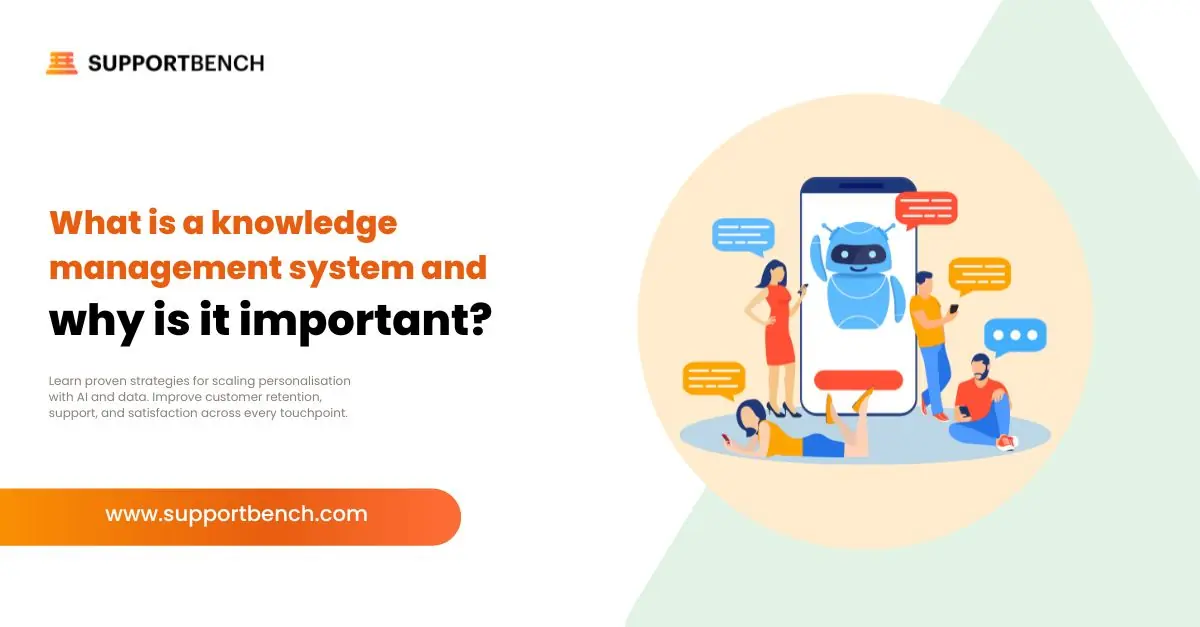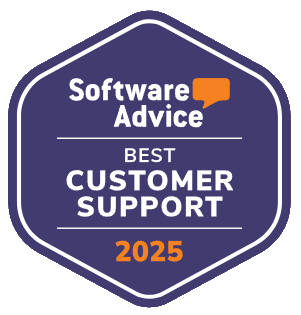In the B2B Customer Support space, companies face a daunting challenge: searching for, choosing, adopting, and onboarding a new Customer Support Platform. This journey, critical to shaping the future of customer interactions and satisfaction, is laden with obstacles and opportunities. And this great search is akin to finding a needle in a digital haystack. According to a report by Gartner, OVER 70% of customer service leaders report the need for more advanced and adaptable support solutions. This statistic underlines the urgency and importance of this search. As we delve into this complex landscape, we must understand that the right choice in a ticketing platform can revolutionize a company’s relationship with its customers, driving satisfaction and growth. Let’s look into the TEN reasons this is such an epic challenge, but also examine the 5 must-haves in your choice of a Premium Support Tool.
The TEN challenges to adopting a new Customer Support Platform:
- Integration with Existing Systems: One of the biggest challenges lies in integrating the new ticketing platform with existing systems. Companies often have an ecosystem of tools and software for various functions such as CRM, sales, and marketing. Ensuring that the new customer support platform integrates seamlessly without disrupting existing workflows or data integrity is a complex task.
- Change Management: Adopting a new platform requires change at multiple levels – processes, technology, and people. Employees, particularly customer support teams, need to adapt to new workflows, which can be a significant shift from their routine. Managing this change, addressing resistance, and ensuring a smooth transition require careful planning and execution.
- Training and Skill Development: New systems often come with a learning curve. Training support teams to effectively use the new ticketing platform demands time and resources. Ensuring that all team members are comfortable and proficient with the new tool can be a slow process, potentially affecting productivity in the short term.
- Data Migration and Security: Transferring data from an old system to a new one is a delicate process, fraught with risks such as data loss or corruption. Moreover, ensuring that the new platform meets the necessary security and compliance standards, especially for sensitive customer data, adds another layer of complexity.
- Cost Implications: The financial aspect of adopting a new ticketing platform is significant. Apart from the direct cost of the software, there are indirect costs such as training, potential downtime during the transition, and productivity losses as staff acclimate to the new system.
- Customization and Configuration: Tailoring the new platform to meet specific organizational needs is another hurdle. This often involves extensive configuration and sometimes even custom development, requiring time and technical expertise.
- Impact on Customer Experience: During the transition phase, there’s a risk of diminished customer service quality. Issues like delayed responses missed communications, or even data discrepancies can arise, potentially impacting customer satisfaction.
- Long-term Scalability and Flexibility: Companies need to consider not just their current needs but also future scalability. The fear of investing in a platform that might not evolve with their growing needs can make the decision process even more daunting.
- Vendor Evaluation and Selection: With a plethora of options available in the market, just selecting the right vendor can be overwhelming. It requires thorough research, demos, and sometimes pilot testing to ensure the platform aligns with company requirements.
- Ensuring Buy-in from Stakeholders: Getting consensus and buy-in from all key stakeholders, including IT, customer support teams, and executive leadership, is essential but can be challenging. Different stakeholders might have varying priorities and concerns regarding the new platform.
In summary, the adoption of a new customer support and ticketing platform is a multifaceted process that impacts various aspects of an organization. It demands a strategic approach, careful planning, and consideration of both technical and human factors. The aim is to ensure that the new system not only improves customer support efficiency but also aligns with the broader goals of the company.
“Selecting a customer support platform is not just about features; it’s about finding a partner who understands your vision,” says Shep Hyken, a customer service expert. This perspective is crucial in making a choice that aligns with a company’s long-term goals. Let’s look into the 5 must-haves of your new Support Tool.
FIVE Must-Haves:
Flexibility
First and foremost, you need to look for platforms that offer flexibility. In a survey conducted by Forrester, 63% of IT professionals highlighted customization as a key factor in choosing a software solution. A scalable and customizable platform like Supportbench can grow with your company, adapting to ever-changing needs.
AI and Automation
With AI being at the forefront of innovation, Newer Support platforms incorporating AI, like Supportbench, are not just trends but necessities. A recent study by Deloitte noted that companies using AI in customer service saw a 35% improvement in customer satisfaction.
Seamless Integrations
As reported by Salesforce, 54% of customer service teams stress the importance of seamless integration with existing systems. Supportbench’s Salesforce synchronization is an exemplary feature in this regard.
Data-Driven Focus
Platforms providing actionable insights through data analytics empower teams. A study by McKinsey found that data-driven organizations are 23 times more likely to acquire customers.
User-Friendly Interface
A platform should be intuitive. According to UX Magazine, 72% of business leaders say that user experience is key to improving productivity and efficiency.
Supportbench: A Revolutionary Choice for Modern Enterprises
Supportbench stands out in this crowded market, addressing the nuanced needs of modern enterprises. Its unique approach to customer support management, data-driven optimization, and autonomous infrastructure makes it a beacon of innovation. By providing a 360-degree customer overview, Supportbench enables companies to offer personalized support, significantly improving customer satisfaction. Its intuitive dashboards and AI capabilities streamline operations, reducing response times and increasing efficiency. And of course, with continuous updates and AI integration, Supportbench ensures that your customer support strategy stays ahead of the curve, effectively future-proofing you.
Charting the Course to Customer Support Excellence
The journey to selecting and implementing a new customer support platform is intricate but transformative. Companies must navigate this path with a clear vision, equipped with actionable insights and an understanding of the latest trends. Supportbench stands as a testament to what a customer support platform can achieve, not just in addressing immediate needs but in driving long-term, strategic value for both the support department and the company as a whole. And, in this dynamic era, where customer experience is paramount, choosing a platform like Supportbench is not just a decision, it’s a strategic move towards future-proofing your customer support and, by extension, your company.















